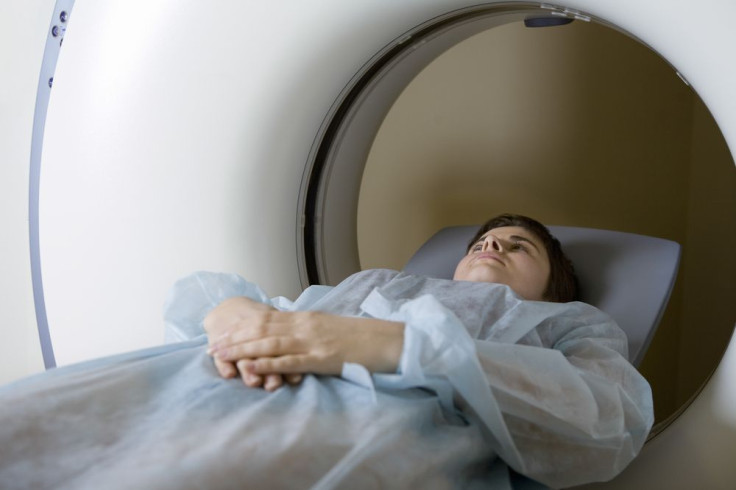Parkinson's Disease Early Stages Detected With 'Simple' MRI; Up To 85% Accurate

Detecting a life-threatening disease could give researchers the power of earlier diagnosis, treatment approaches, and innovative therapies — a power that could one day possibly lead to cure a disease like Parkinson’s. Researchers from Oxford University published their findings in the journal of Neurology, which reveal a promising new diagnostic approach for the early stages of Parkinson’s disease.
“At the moment we have no way to predict who is at risk of Parkinson's disease in the vast majority of cases,” said Dr. Clare Mackay, the study’s co-author and professor of the Department of Psychiatry at Oxford University. Oxford researchers are turning the tables on that bleak risk evaluation now that they have developed an expediently simple technique to diagnose early Parkinson’s stages with a magnetic resonance imaging (MRI) machine with 85 percent accuracy. A normal MRI scan cannot detect the early signs, which is why researchers used restating state functional MRI (fMRI) to look at how strong the brain connections were in the basal ganglia, where important dopamine nerves are located.
Researchers took 19 people with early-stage Parkinson’s disease and another 19 healthy people without Parkinson’s disease. When compared to normal, healthy brains, researchers found in the fMRI scans that those with Parkinson’s disease had a much lower connectivity in the basal ganglia. They were able to identify 89.5 percent of the Parkinson’s disease patients in the first trial set, and in a second validation trial, they reached 85 percent accuracy. In both cases, they had a few false positives, which means they mistakenly detected the Parkinson’s markers in some people that didn’t actually have Parkinson’s disease.
“We are excited that this MRI technique might prove to be a good marker for the earliest signs of Parkinson's. The results are very promising,” Mackay said. Parkinson’s disease is a neurodegenerative brain disorder that progresses very slowly in most people. In America alone, as many as one million people are currently living with Parkinson’s disease, with an additional 60,000 diagnosed each year. According to the National Parkinson’s Foundation, there is no one exact way to diagnose the disease, but there are a variety of symptoms that can indicate a diagnosis.
“We think that our MRI test will be relevant for diagnosis of Parkinson's,” said Dr. Michele Hu, the study’s co-author and professor of the Nuffield Department of Clinical Neurosciences at Oxford University and the Oxford University Hospitals NHS Trust.
Parkinson’s disease symptoms include hand tremors, slow movement, and stiff, inflexible muscles. The disease is caused by the continual loss of a particular set of dopamine nerve cells in the brain, which start much earlier than symptoms begin to show. Dopamine helps humans to make smooth, coordinated muscle movements, and when these cells are impaired, neurodegeneration takes place.
“We tested it in people with early-stage Parkinson's. But because it is so sensitive in these patients, we hope it will be able to predict who is at risk of disease before any symptoms have developed. However, this is something that we still have to show in further research,” Hu said.
As of yet, there is no cure for Parkinson’s disease, but there are treatments that are able to at least reduce certain symptoms and maintain quality of life as best as possible.
“This new research takes us one step closer to diagnosing Parkinson's at a much earlier stage — one of the biggest challenges facing research into the condition. By using a new, simple scanning technique the team at Oxford University have been able to study levels of activity in the brain which may suggest that Parkinson's is present,” said Claire Bale, the research communications manager at Parkinson’s UK.
Source: Hu M, Bale C, Mackay C, et al. Neurology. 2014.
Published by Medicaldaily.com



























